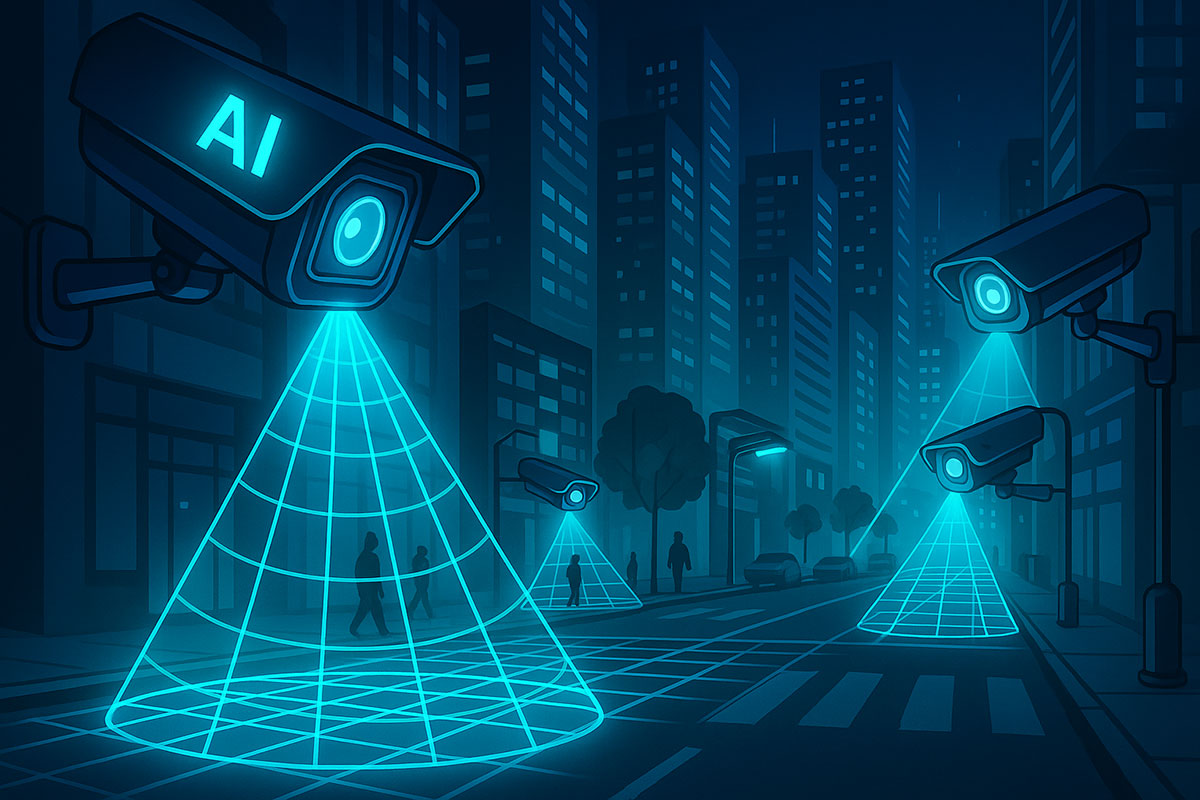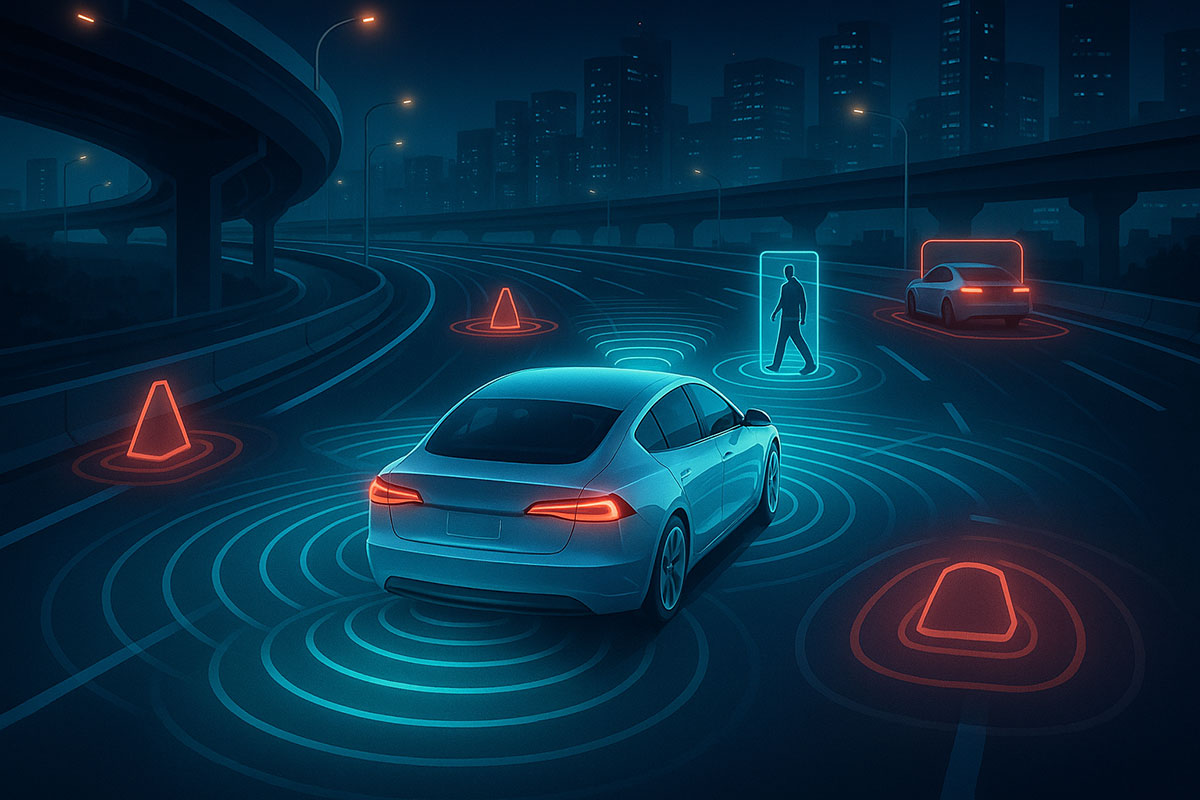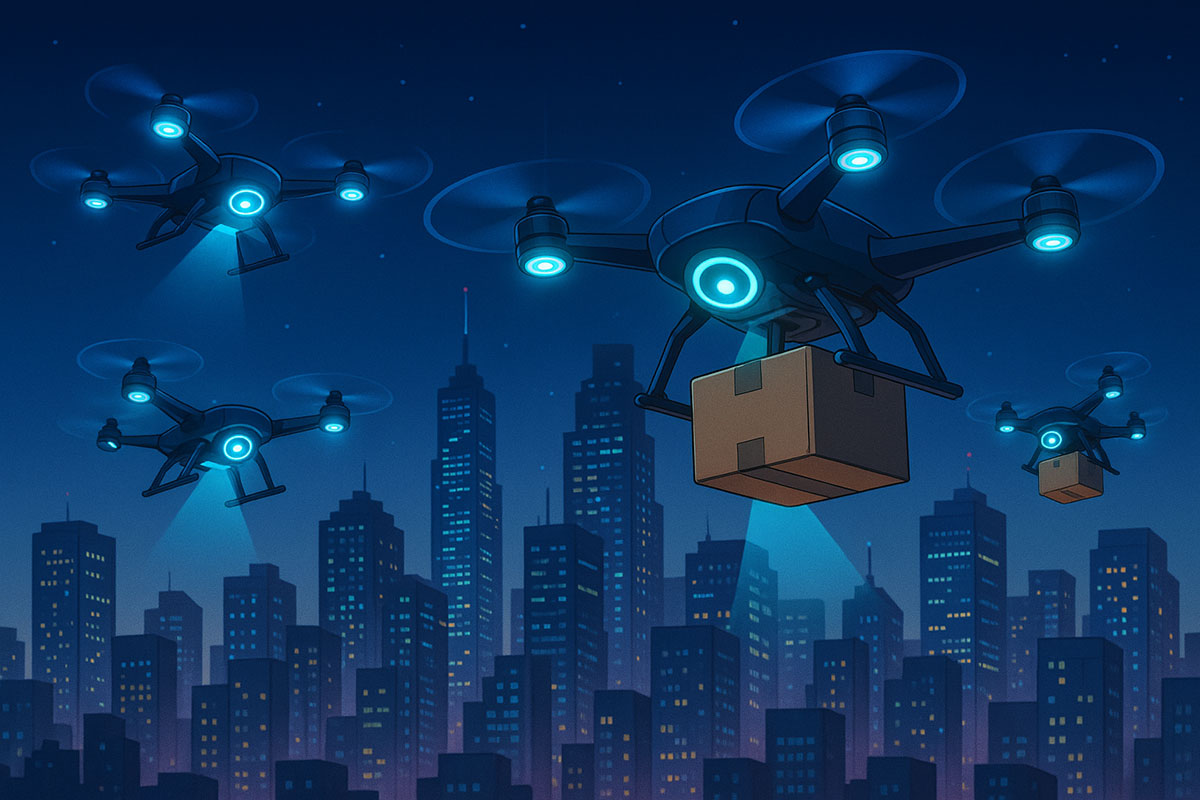AI-Powered Surveillance in 2025: How Computer Vision is Changing Security
Computer vision is revolutionizing surveillance in 2025. From smart cities to AI-driven cameras, here’s how security is changing—and the privacy concerns it raises.
TrendFlash

Introduction
In 2025, AI-powered surveillance is one of the most controversial applications of computer vision. From smart cities to border security, intelligent cameras are reshaping how we monitor environments—and raising tough ethical questions.
How AI Surveillance Works
Modern surveillance systems use deep learning-based computer vision to detect people, objects, and unusual activity. Unlike old CCTV, these systems:
- Recognize faces and match them with databases.
- Analyze behavior to predict suspicious actions.
- Trigger alerts for anomalies such as abandoned bags or crowd surges.
Applications in 2025
- Smart Cities: AI monitors traffic, public safety, and crowd control.
- Retail: Stores deploy vision AI to reduce theft and improve safety.
- Airports & Borders: AI speeds up identity verification and baggage checks.
Benefits
AI surveillance offers clear advantages:
- Faster threat detection and response.
- Reduced manpower costs for monitoring feeds.
- Integration with IoT for real-time safety alerts.
Challenges & Concerns
- Privacy: Mass facial recognition sparks fears of constant surveillance.
- Bias: Studies show some AI systems misidentify minorities more often.
- Regulation: Laws lag behind, creating gray zones for ethical use.
Case Study: Smart City Security
Several cities worldwide now operate AI-powered security grids. Cameras detect traffic accidents, alert police to violence, and even enforce jaywalking rules—sparking debates about personal freedom.
The Future of Surveillance
By 2030, AI surveillance will likely be integrated with predictive policing and autonomous drones. The challenge is balancing safety with privacy in democratic societies.
Conclusion
AI-powered surveillance in 2025 represents both progress and peril. While it makes cities safer, it also tests the boundaries of personal freedom. The coming years will decide whether AI vision becomes a guardian of security or a tool of control.
Share this post
Categories
Recent Posts
AI in Insurance 2025: How Algorithms Are Transforming Claims and Risk in the US
AI in US Classrooms 2025: Are Smart Tutors the Future of Education?
AI Credit Scoring in 2025: How Algorithms Are Redefining Lending in the US
AI Fintech Startups in the US: How 2025 Is Reshaping Money Management
Related Posts
Continue reading more about AI and machine learning

Autonomous Vehicles in 2025: How Computer Vision Is Driving Safer Roads
Computer vision is steering the future of transport in 2025. Here’s how autonomous cars are using AI to make driving safer and smarter.

AI Drones in 2025: How Autonomous Vision Is Transforming Skies and Cities
AI-powered drones in 2025 are no longer futuristic—they’re patrolling cities, delivering goods, and transforming industries with autonomous vision.

Industrial Robotics 2025: How AI Vision Powers Inspection, Picking & Safety
In 2025, robots rely on AI vision to navigate, recognize objects, and collaborate with humans—unlocking new possibilities in automation.